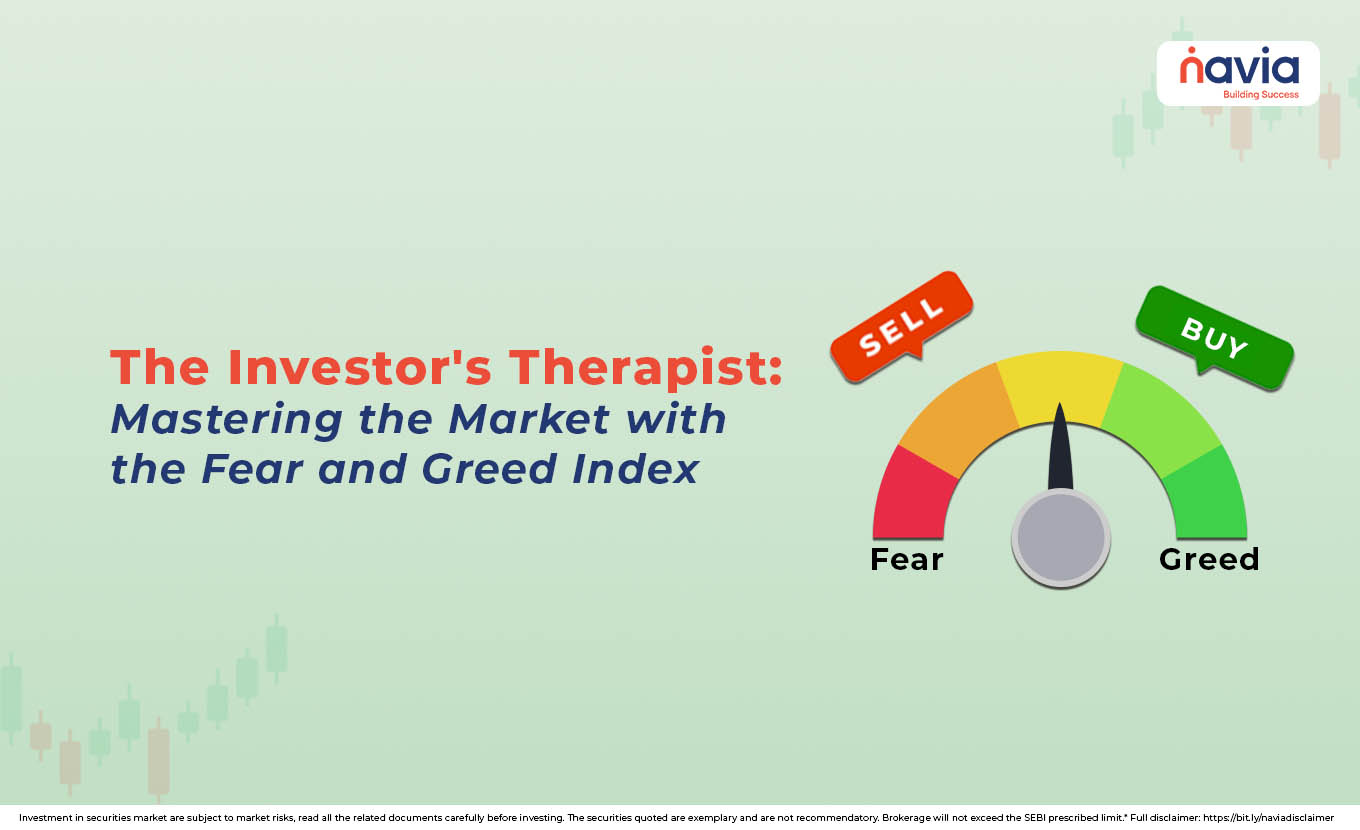Smart Investing: Which SIP is Right?

The Systematic Investment Plans (SIP) are a well-known wealth creation way for the average investor. It is popular because of its simple, disciplined and powerful approach, that allows you to harness the magic of compounding and Rupee Cost Averaging without needing to time the market. But the SIPs are far more diverse than just the basic monthly debt.
If you thought a SIP was just a set amount every month, prepare to be surprised. So, Understanding the different types of SIPs helps investors choose an approach that aligns with their goals and investment style. This guide will walk you through the seven most popular types of SIP plans available in the Indian mutual fund landscape.
What is an SIP?
Before talking about the variations of SIP, first you must understand the core concept. The SIP is a method of investing a fixed amount at regular intervals, usually monthly or quarterly into a mutual fund scheme. This disciplined approach helps you benefit from Rupee Cost Averaging and ensures you buy more units when price decreases and fewer units when price increases.
Now we can explore the types of SIPs that allow you to customize this powerful and simple investment tool.
7 Essential Types of SIP Plans
Basic SIP (Fixed or Regular SIP)
The most common and simplest form of Systematic Investment Plan.
What it is: A fixed amount of money that invested on a fixed date for a predetermined duration.
Best For: Suitable for beginners and salaried individuals with fixed monthly income, and long-term goal planning like retirement, child education, etc.
Why it Works: It enforces discipline and perfectly executes the principle of Rupee Cost Averaging.
Step-Up SIP (or Top-Up SIP)
This strategy is designed to keep pace with your career and income growth.
What it is: It allows you to automatically increase your SIP instalment by a fixed amount at predetermined intervals, usually annually.
Best For: It’s suitable for salaried professionals who expect annual salary hikes.
Why it Works: It aligns your investment growth with your income growth. It is crucial because a 10% increase in investment every year accelerated the power of compounding major financial burdens all at once.
Flexible SIP (Flexi SIP)
This is one of the SIP methods, that is suitable for those who want to time the market or rather.
What it is: It allows the investor to increase or decrease the SIP amount based on their personal financial position or on market valuation. Through this method you have the flexibility to pay more when you feel the market is attractively priced and less it feels overvalued.
Best for: It is suitable for experienced investors who actively track market valuations but still prefer systematic investing.
Why it Works: It offers the discipline of a SIP, but you get the freedom to inject more capital into it. When the risk-reward ratio is favorable, that potentially boosts returns.
Perpetual SIP
These types of SIP plans have no end date, designed for indefinite compounding. What it is: There is no specific end date for these SIP. The investment continues indefinitely until the investor cancels the request.
Best for: This approach is better for people with long-term goals, such as retirement planning. In these scenarios, the investment horizon lasts for decades, and the exact ending date for the investment is usually unknown.
Why it Works: It saves the investor from the hassle of renewing SIP every few years and keeps the compound engine running without interruption.

Multi-Scheme SIP
This strategy focused on instant diversification.
What it is: Instead of opening separate SIPs for each fund, the Multi-Scheme SIP allows to distribute a single lump sum across multiple schemes of the same AMC.
Best for: Investors who are seeking diversification across all asset classes by using a single transaction.
Why it Works: You can easily ensure that your money is not over-concentrated in a single fund or asset class.
Value Averaging Investment Plan (VIP or V-SIP)
VIP or V-SIP actively fights market volatility to ensure your portfolio grows by a fixed amount each month.
What it is: Unlike a basic SIP, where the contribution is fixed, the contribution amount varies to ensure the total value of your investment corpus grows by a fixed target amount each month.
➤ If the market drops, you invest a large amount to meet the target value.
➤ If the market rises, you invest a very small amount
Best for: Highly disciplined investors and they are able to moderate high-risk who want to systematically buy dips and reduce exposure during peaks.
Why it Works: It forces the investor to execute the “buy low and sell high” philosophy systematically compared to other SIP type.
Trigger SIP
The SIP for those who rely on technical analysis.
What it is: It is a conditional SIP where the investment instalment is only processed when a specific pre-defined trigger condition is met. These triggers can be technical, value-based, or data-based.
Best for: Sophisticated traders and investors who want to automate their entry only at opportune moments that are identified by technical triggers.
Why it Works: It automates market timing, ensuring capital is deployed only when the investor’s specific criteria suggest a favorable entry point.
Conclusion
Understanding the various types of SIP investment allows you to tailor your strategy to your life stage and financial philosophy. Most people choose basic SIP as the perfect start, as your income increases, graduating to the step-up SIP. For the people who have irregular income or a specific desire to fulfil, the flexible SIP or value averaging SIP offers enhanced control.
No matter which SIP plan you choose, the greatest benefit is maintaining the discipline. Automating your savings can lead you to achieve long-term financial freedom. Are you ready to change the way you invest?
Do You Find This Interesting?
Frequently Asked Questions
What are the 7 types of SIP?
The 7 essential types of SIP plans that allow for customized investing are:
1. Basic SIP (Fixed/Regular): Fixed amounts invested regularly.
2. Step-Up SIP (Top-Up): Automatically increases the installment amount periodically (e.g., annually).
3. Flexible SIP (Flexi): Allows the investor to increase or decrease the contribution amount based on discretion or market view.
4. Perpetual SIP: A SIP without an end date, continuing indefinitely until cancelled.
5. Multi-Scheme SIP: Distributes the total SIP amount across multiple schemes of the same fund house.
6. Value Averaging Investment Plan (VIP/V-SIP): Varies for the contribution amount to ensure the total portfolio value grows by a fixed target amount monthly.
7. Trigger SIP: The installment is processed only when a specific market condition or price trigger is met.
Is SIP better than fd?
SIPs are generally “better” for long-term goals (7+ years) as they offer inflation-beating returns. FDs are better for short-term savings and emergency funds where capital safety is paramount.
Can SIP go in loss?
Since SIPs invest in market-linked instruments (like equity mutual funds), the value of your investments can fluctuate. If the market experiences a prolonged downturn, the Net Asset Value (NAV) of your fund may drop below your average purchase price, resulting in a loss on your total invested capital at that time. However, the SIP method helps mitigate this risk over the long term through Rupee Cost Averaging.
How do I choose the right SIP plan?
Choosing the right SIP plan involves aligning the plan type and the underlying fund with your goals:
◉ Define Your Goal Horizon: (e.g., Retirement is 20 years; Car purchase is 3 years).
◉ Assess Your Risk Tolerance: Aggressive, Moderate, Conservative.
◉ Choose the Fund Category: Long-term goals usually require equity funds; short-term goals may need debt or balanced funds.
What happens to my money if I stop SIP?
If you choose to stop your SIP, two things happen:
Investment Stops: The recurring automatic deduction from your bank account ceases immediately (or after the required notice period).
Existing Money Remains Invested: The mutual fund units you have already accumulated remain invested in the scheme. They will continue to earn market returns (or losses) based on the fund’s performance until you explicitly place a redemption order.
What is the best time to invest in SIP?
The best time to start investing in a SIP is always “now.” The power of SIPs is rooted in time in the market, not timing the market. Due to Rupee Cost Averaging and compounding, starting sooner allows your money more time to grow and smooth out market volatility.
Why are people stopping SIP?
People generally stop SIPs for two main reasons:
1. Financial Distress: They may be stopped due to a loss of job, salary cut, or personal financial emergency that requires them to prioritize immediate cash flow over long-term investing.
2. Poor Market Returns/Fear: Investors often panic and stop SIPs during severe market corrections or prolonged bearish phases.
DISCLAIMER: Investment in securities market are subject to market risks, read all the related documents carefully before investing. The securities quoted are exemplary and are not recommendatory. Full disclaimer: https://bit.ly/naviadisclaimer.






